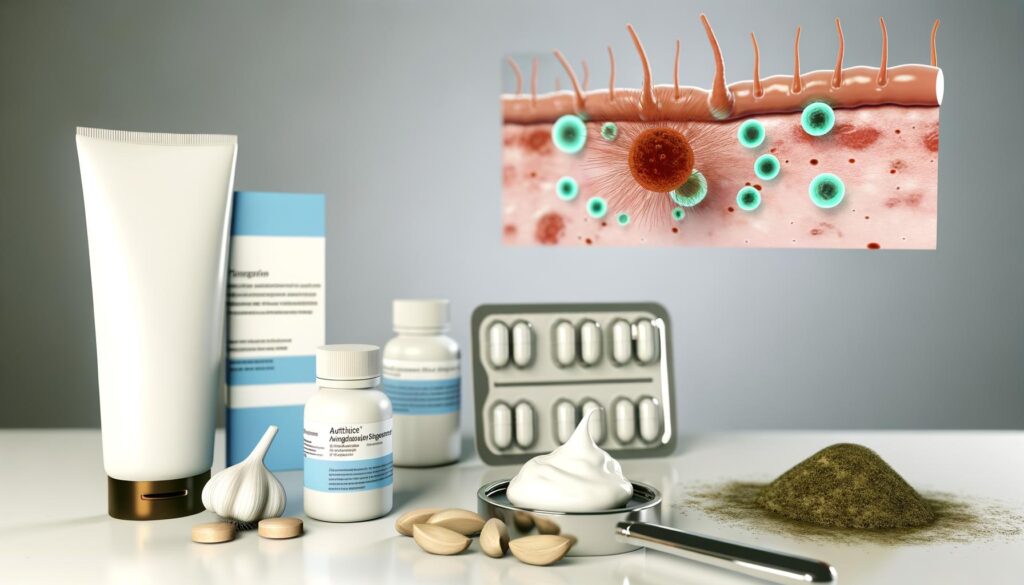Over-the-Counter Antifungal Treatments
One of the top options for managing yeast infections involves over-the-counter antifungal treatments. These are available in various forms, such as creams, ointments, and suppositories, which are used directly on the affected area. Users usually find these treatments effective within a few days. These products typically contain active ingredients such as clotrimazole or miconazole. It’s essential to follow the instructions on the packaging to ensure maximum efficacy. However, if symptoms persist, consulting a healthcare provider is advised, as a more intensive or prolonged application might be necessary.
Lifestyle and Home Remedies
In addition to medication, several lifestyle adjustments and home remedies can support the treatment process. First, maintaining good hygiene is paramount—keeping the area clean and dry reduces yeast’s ability to thrive. Wearing breathable, cotton underwear instead of synthetic fabrics helps minimize moisture build-up. Some individuals find relief using natural remedies such as yogurt or probiotics, which help restore healthy bacteria balance. Additionally, managing diet by limiting sugar intake can also be beneficial, as yeast feeds on sugar. These steps not only aid in recovery but may also prevent future infections.
The Role of Prescription Medications
In instances where over-the-counter treatments do not suffice, prescription medications may be necessary. Oral antifungal drugs, such as fluconazole, are often prescribed for severe or recurrent infections. These are typically taken in a single dose but may require a longer course based on medical advice. The convenience of oral medication makes it a preferred choice for those who do not favor topical applications or those who have non-localized infections. It’s important to discuss potential side effects and ensure compatibility with any other medications currently being taken.
Preventive Measures for Long-term Relief
Once a yeast infection is resolved, adopting preventive measures is crucial to avoid recurrence. Regularly incorporating probiotics into your diet can maintain a healthy balance of bacteria in the body. Additionally, wearing loose-fitting clothing and avoiding prolonged periods in wet clothes, like swimsuits, can help. For individuals prone to recurrent infections, periodic use of antifungal treatments as a preventative measure might be suggested by healthcare professionals. Avoiding harsh soaps and scented personal care products can also reduce irritation and help maintain natural pH balance.

